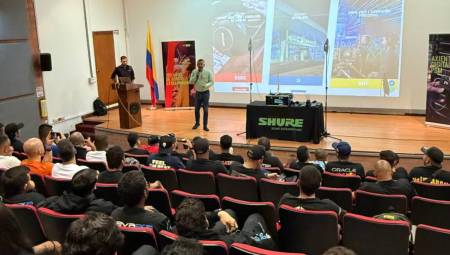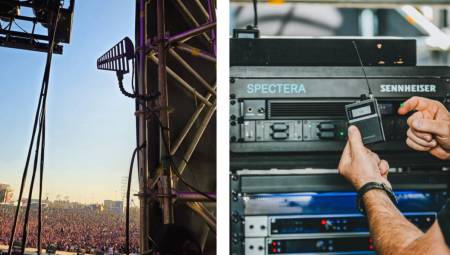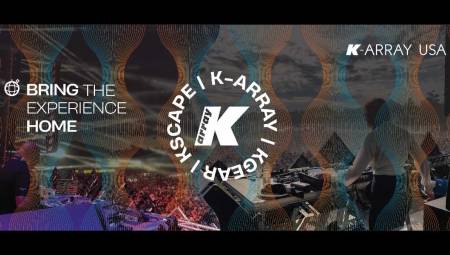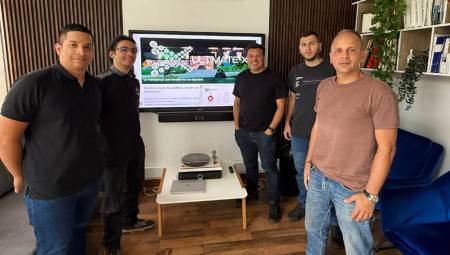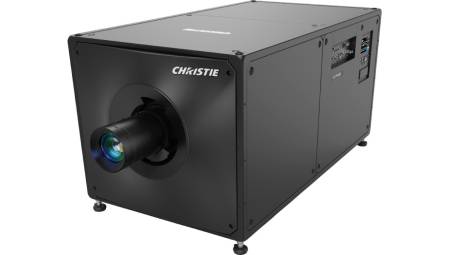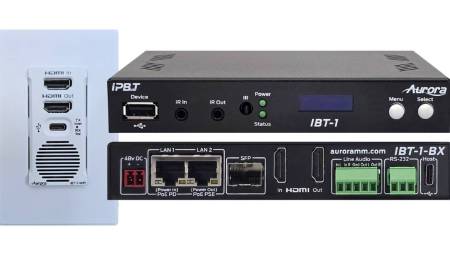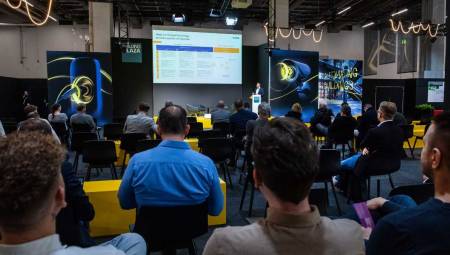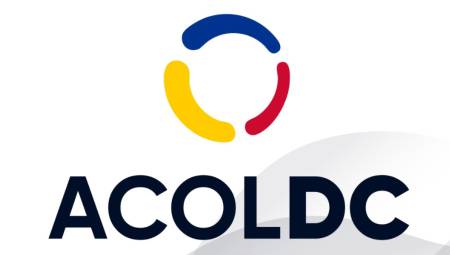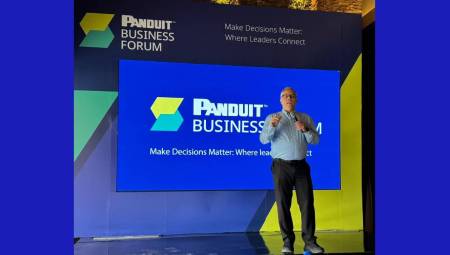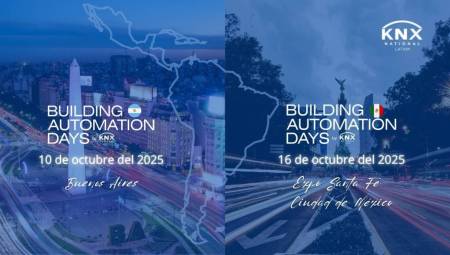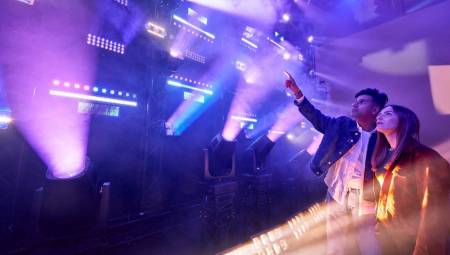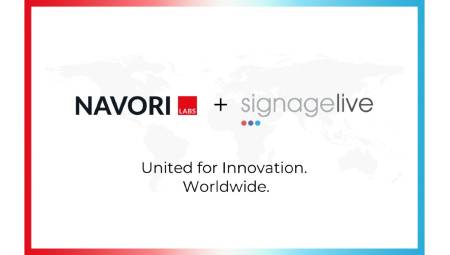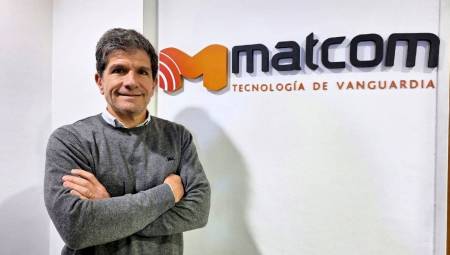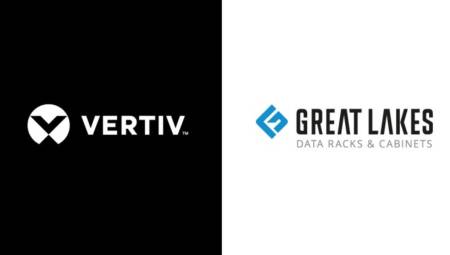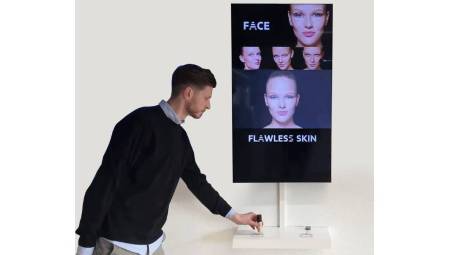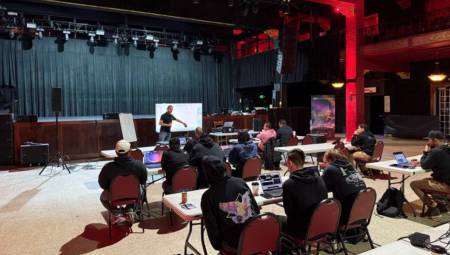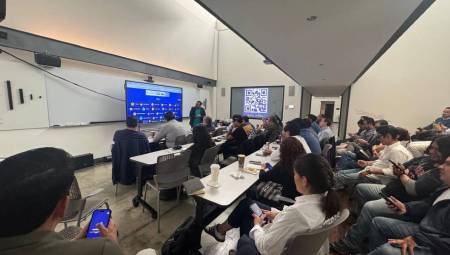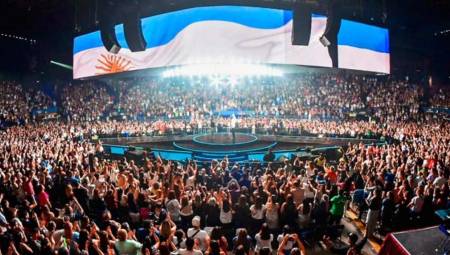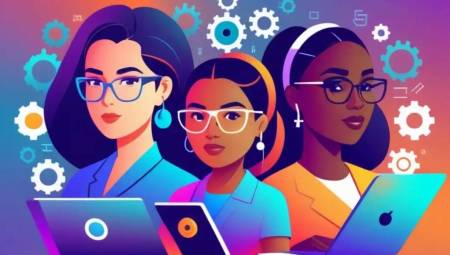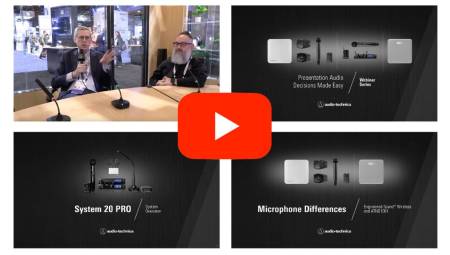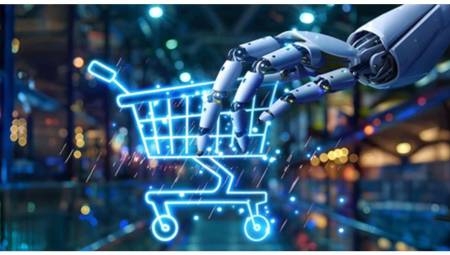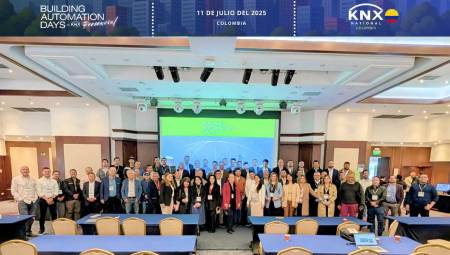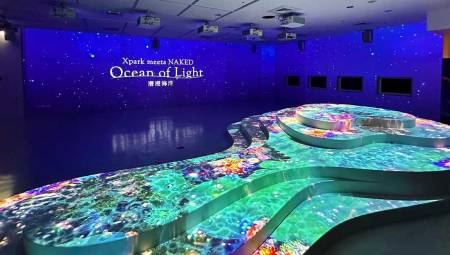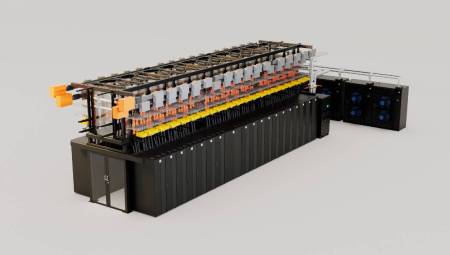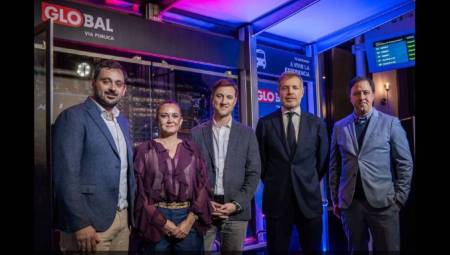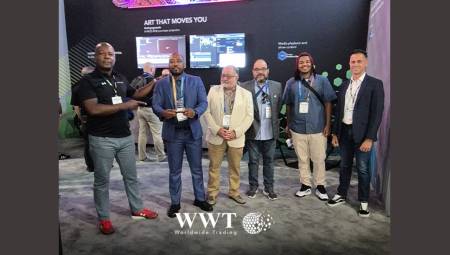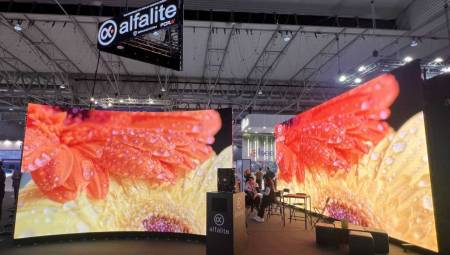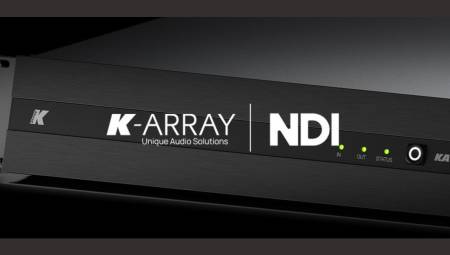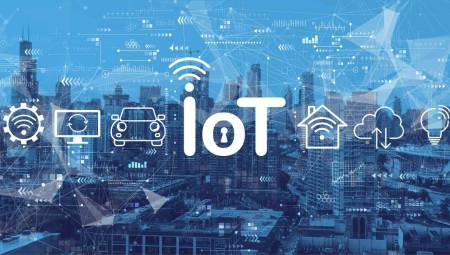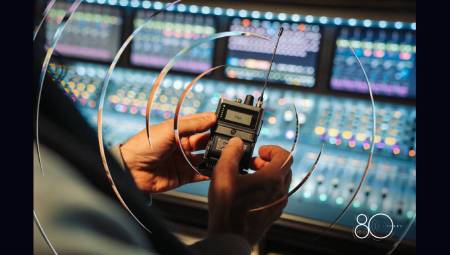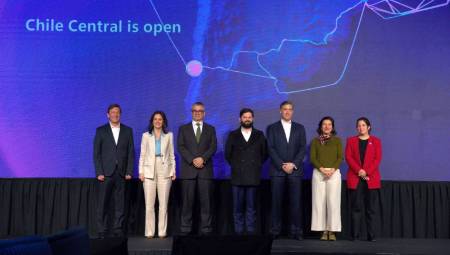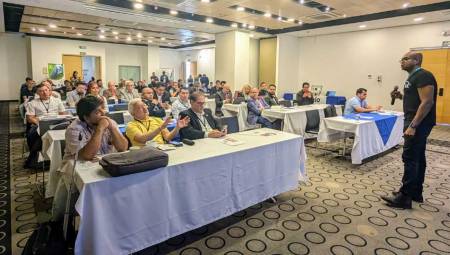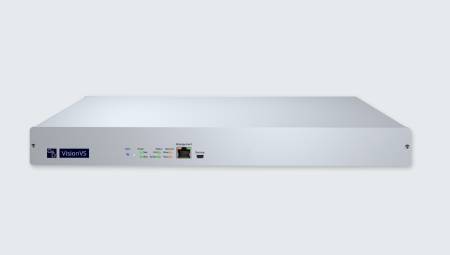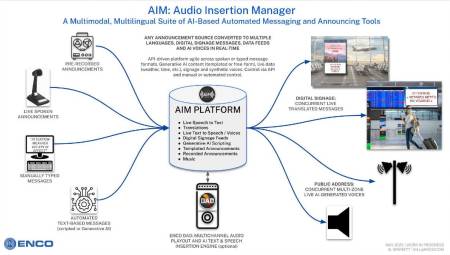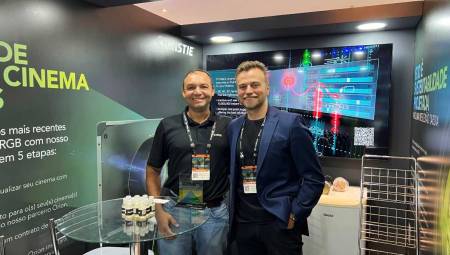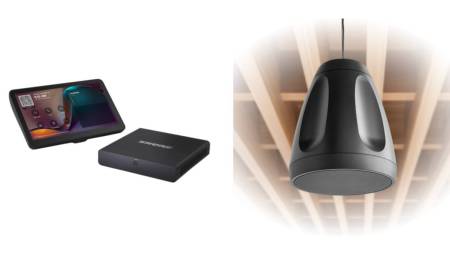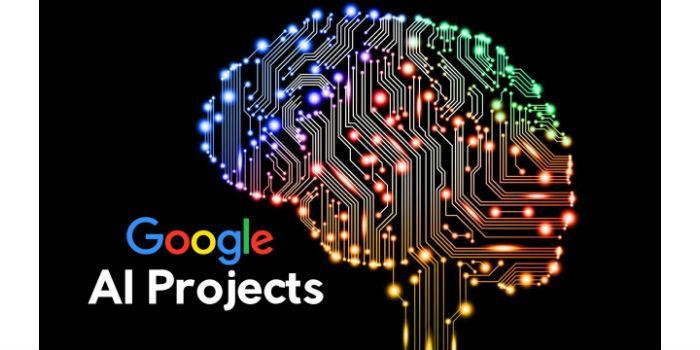 We believe that Artificial Intelligence, AI, will have the greatest impact when everyone has access to it" This is a phrase taken from Google's page on AI, but what does it mean?
We believe that Artificial Intelligence, AI, will have the greatest impact when everyone has access to it" This is a phrase taken from Google's page on AI, but what does it mean?
Andre Atique, CTS*
Speaking of the concept, artificial intelligence is responsible for making machines act rationally, like people. Google presents in a summarized way on its page about AI, questions about the formulation of thought, ability to reason logically and topics concerning the construction of AI, but that make the analysis very subjective.
The human mind is the reference for the development of an AI, however, its construction of thought is not so logical as well. People can have different lines of thought depending on creation, social influence, studies, etc., and that doesn't mean some think and others don't.
Therefore, what must be evaluated is how the machine responds to an input of information and not "the philosophical ranks" (cognitive science and computational neuroscience) that it assumed to present the answer. In this way one of the most appropriate ways to deal with the subject is the definition that "it does not matter how a machine thinks, but how it behaves", that is, what matters is the final result and not how it did to achieve it.
It is part of the artificial intelligence of the machine to obtain, obtain and treat in a rational way, information from various sources such as: text, image, sound, among others. In order for machines to have the right data for decision making, it is essential to think not only about the capture, but also about the treatment of these. Just to illustrate this treatment of information, I present concepts such as NLP (natural language processing), Machine Learning and Deep Learning, which we will see below.
NLP - When we talk about texts, if we analyze the phrases "José is going to travel by plane." He is afraid of height", we associate the fear of height with José because the plane does not feel fear, but the machine does not know it. For this it is necessary to use the NLP that aims to bring a contextualization to the machine. This is quite used in Google Translate, for example. A word can change its meaning depending on the context. As the words have been corrected, Google Translate through NLP is "learning" to translate them according to the context.
Machine Learning - Machine Learning works with obtaining information through data inputs by the user, seeking the adaptation and improvement of these activities, for example: when you classify movies on Netflix or even when you only attend them, by your history of tastes and views to Netflix through Machine Learning allows you to suggest movies that probably will not disappoint you.
Deep Learning - Deep Learning is a type of Machine Learning, but it aims to make abstract information such as static images, dynamic images, behavioral analysis of customers, disease detection process and related. Example: Imagine that you only took a photo of your dog and did not place any identifier in it such as caption, tag, etc. In the "search" area of your device you place the breed "Golden Retriever" (breed of your dog) and the photo you have taken comes! This is an example of Deep Learning.
And the most impressive thing is that all technology users are helping companies like Google, Apple, Facebook, etc., to have increasingly accurate algorithms, without realizing it. You have probably already filled out a registration form on a web page where at the end of it a test appeared to make sure that you are not a robot. In this test you need to click on the images that show a "truck" for example. In addition to you proving that you are not a robot, you are also helping Google to make its Deep Learning algorithm more assertive.
The AV + AI market
The audiovisual industry is present everywhere. Large or small, simple or complex audio systems, local or global computer network structures, automation and IoT (Internet of Things), are examples of the industry present in corporations and residences. It is a trend that some types of hardware cease to exist to become a service, since the Bluray Player was replaced by streaming video services, the CD Player was replaced by streaming audio services, in many places local televisions were discarded due to the increase in the use of mobile devices.
Video conferencing codecs are being replaced by the concept of BYOD (Bring Your Own Device), added to a Cloud platform, etc. There are several examples of how the audiovisual industry has migrated to networked solutions and that is not only a trend of this segment, but a consequence of the global technology market that broke the same track.
With the information being centralized in web services, users and companies opened a direct channel for the constant exchange of information, thus establishing a great avenue for AI. Mark Zuckerberg, Facebook's founding partner, in late 2016 posted a video where he operates his home with an AI assistant named Jarvis. This AI assistant interacts with Mark through voice commands using two communication pathways, where the question and answer can start from both him and Mark.
In this video through Jarvis, Mark operates the curtains of the house, lights, air conditioning, has access to his agenda, news feed and even monitors his daughter Max and teaches her Mandarin. Well, this seems to be a lot of exaggeration, but the tech industry is aiming for a whole proximity between systems and users and for sure, that will reach the audiovisual industry.
It is part of the concept of residential and corporate automation, in addition to unified and simplified control, to make the system capable of taking some actions without specifying the intervention of the user according or not with local conditions, for example: "If the natural light is very strong, lower the curtains", "if the natural lighting is clarifying the place, decrease the intensity of artificial lighting", "if there is no one in the environment, turn it off", and equal to these there are many other examples.
What AI is proposing is that not only tangible information such as digital or analog signal inputs from sensors is treated, but an entire level with the user throughout his life and everywhere. Imagine having integrated beyond your technological assets, all the information of your musical preferences and the system warn about shows and events, light scenes and they are always automatically adjusted according to your drive history, favorite movies and the system warns you of in the cinema and on streaming platforms, leisure activities and through RSS the system directs you to the best option according to the weather / schedule / traffic, the house having a lively and well-humored AVATAR which you can interact by text and voice message, local or remote, and there it goes. With AI, the ways of control and whole with technological devices and, consequently with the audiovisual industry, remained endless.
Speaking about systems implementation, today every multimedia and automation project needs to go through an analysis of customer needs and system prerequisites. Within the standards of avixa there is the programming phase (Programming Phase) where the analysis of the client's needs (Need Analysis) resides, a fundamental part for the development of a good system by respecting the importance of data collection before the design and subsequent stages of the project.
This helps keep the customer satisfied from the start of the system design. This whole analysis process is fundamental and will probably never cease to exist, however the implementation of the system according to the needs of the client can undergo considerable changes. Currently, after the implementation of the system it is healthy to accompany the use of it by the user and promote some adaptations in the programming seeking to adapt it totally to the user's taste. Following the line of the previous paragraph and together with Machine Learning, this adaptation can be made by the automation system itself using AI. Satisfaction guaranteed without major human environments!
Now, the Avatar seemed kind of surreal, didn't it? In fact, interacting with a machine at this level of intimacy seems crazy, but how crazy is that? The film industry has already explored the subject with the film "Her". A lonely man named Mr Theodore created an operating system with AI to stop feeling lonely. This system was learning about Mr Theodore to the point of becoming a perfect "person" for him.
Of course in the movie Mr. Theodore fell in love with the operating system, but the question at stake is: can an operating system make up for a person's loneliness? Alan Turing (1912-1954), British mathematician and scientist influential in the development of computer science, developed a behavioral test for a machine, where people and machines begin to interact virtually with questions and answers. This test was named the "Turing Test". The goal is not to give correct answers, but to make the behavior of the machine equal to that of a human being.
In 2012 a machine managed to pass for a human and the judge does not know if it was in fact a machine or a human. There is a company called Gatebox that specializes in creating an animated character that functions as a person in the house. This character wants you "good day", talks about the schedule, weather forecast, interacts by voice and text, keeps you company in domestic activities and all that with a lot of personality and personality. It even seems that you are in fact living with someone inside the house.
Going back to the beginning, what Google meant by the phrase: "Do we think Artificial Intelligence (AI) will have the greatest impact when everyone has access to it?" AI pursues rationality with personality. Everything will be molded to the user's taste and how this will be done will impact everyone's life forever. The audiovisual industry is already following this path, but what about you?
*Andre Atique, CTS, began his career in the residential and corporate automation market in 2008 with academic training. After this teaching period, he migrated to the area of business development, participating in the main projects of the AV industry in Brazil. Today he is commercial manager at AW Digital, technology division of Athié Wohnrath.





